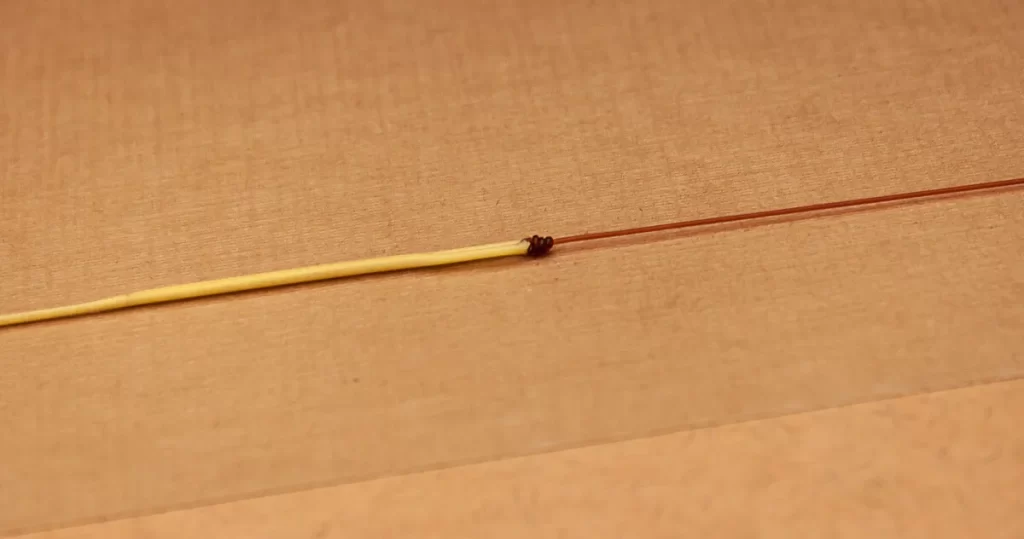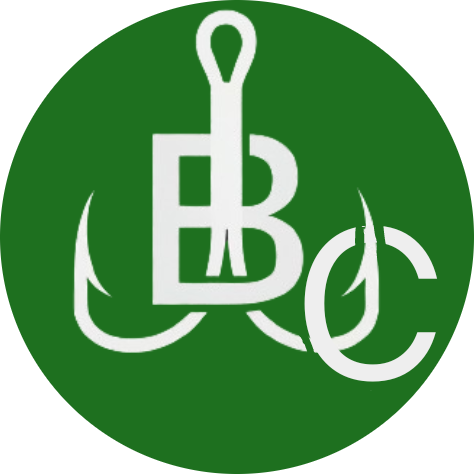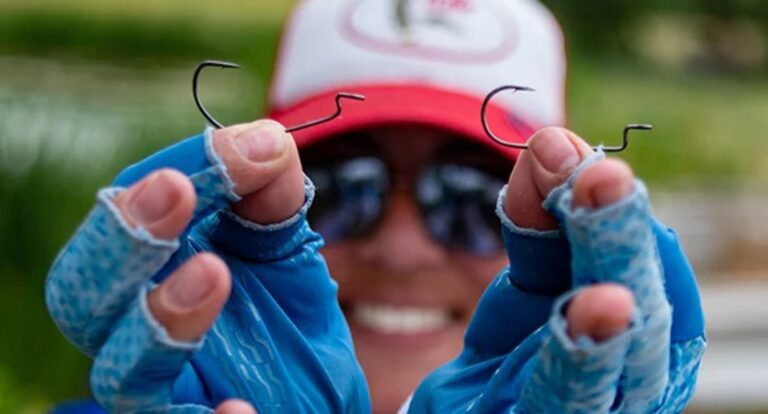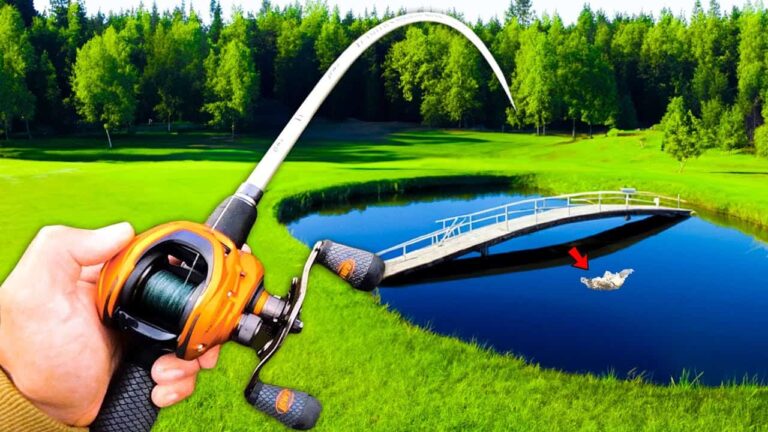How to Tie Mono to Braid: 2 Best Braid to Mono Knots

Now, I know what you might be thinking: “Why do I need to connect mono and braid lines? What’s the big deal about knots?”
Well, let me tell you, my friends, properly tying your fishing lines can make all the difference between landing that trophy catch and watching it slip away.
So, let’s get those knots nice and tight, and make sure your catches never slip away again. By the end of this article, you’ll be a line to line knot maestro.
Also read: Does Fishing Line Go Bad?
1. Double Uni Knot
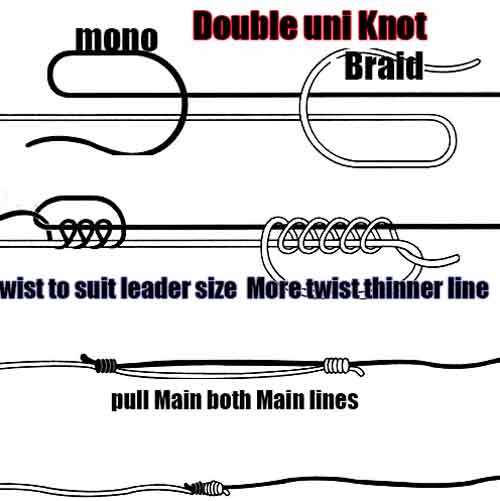
The Double Uni Knot is a reliable and straightforward knot for connecting monofilament (mono) and braided (braid) fishing lines. Follow these steps to tie it:
Step 1: Overlap the ends of the mono and braid lines.
Step 2: Take the end of the mono line and form a loop around the braid line, creating two parallel lines.
Step 3: Wrap the mono line around the braid and through the loop four to six times.
Step 4: Wet the knot with some water or saliva to lubricate it.
Step 5: Slowly tighten the knot by pulling both tag ends of the mono and braid lines.
Step 6: Once the knot is snug, trim the excess tag ends.
Advantages and Applications
The Double Uni Knot offers several advantages that make it popular among anglers:
- Strength: When tied correctly, the Double Uni Knot maintains a high level of strength, ensuring a secure connection between mono and braid lines.
- Versatility: This knot is suitable for connecting lines of different diameters, making it a versatile option for various fishing scenarios.
- Easy to Tie: The Double Uni Knot is relatively easy to learn and tie, even for beginners.
- Smooth Casting: Its low-profile design allows for smooth passage through the rod guides, reducing the chances of snagging or hindering casting distance.
- Suitable Applications: The Double Uni Knot is particularly useful for connecting leaders to main lines, joining backing lines to main lines, or attaching different types of fishing lines together.
2. FG Knot
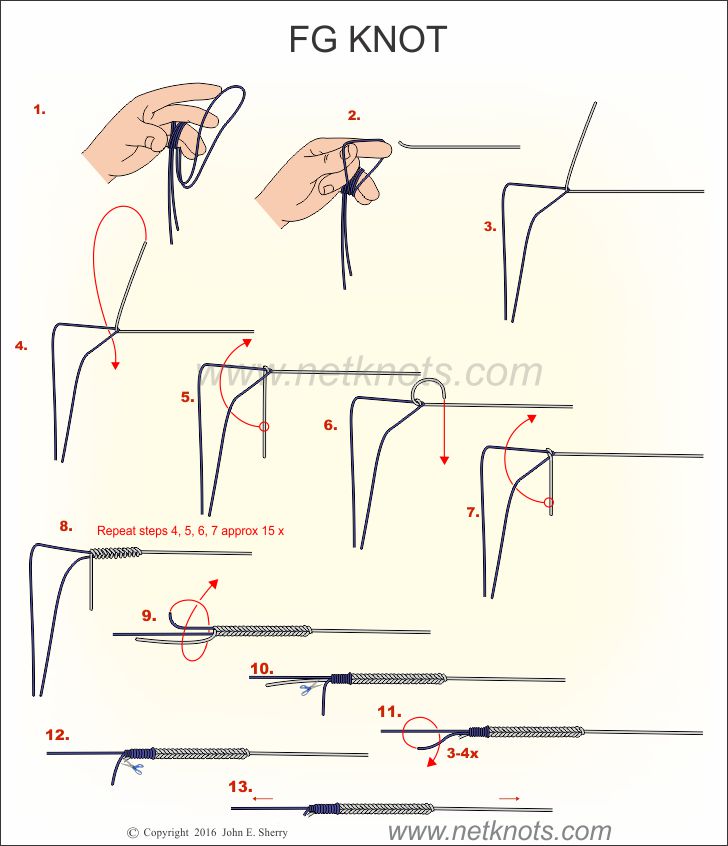
The FG Knot is a strong and slim knot that excels at connecting braided (braid) fishing lines to monofilament (mono) leaders. Here’s a step-by-step guide on how to tie the FG Knot:
Step 1: Hold the end of the braided line and the end of the mono leader parallel to each other, leaving some overlap.
Step 2: Take the tag end of the braided line and begin wrapping it tightly around the mono leader. Make 20 to 25 wraps, ensuring they are close together.
Step 3: After completing the wraps, pass the tag end of the braided line through the loop created by the wraps and the mono leader.
Step 4: Moisten the knot with water or saliva to reduce friction.
Step 5: Slowly pull the standing end of the braided line to tighten the wraps around the mono leader.
Step 6: Once the wraps are snug and secure, trim the tag end of the braided line.
Advantages and Applications
The FG Knot offers several advantages that make it a popular choice among anglers:
- Exceptional Strength: The FG Knot boasts remarkable strength, almost reaching the breaking strength of the fishing line itself. It’s ideal for targeting large and powerful fish species.
- Slim Profile: The knot has a slim profile, allowing it to smoothly pass through rod guides during casting, reducing the risk of line snags and increasing casting distance.
- Abrasion Resistance: The wraps of the FG Knot provide an extra layer of protection to the mono leader, enhancing its resistance to abrasion against rough structures or sharp-toothed fish.
- Suitable Applications: The FG Knot is particularly valuable for connecting braided main lines to fluorocarbon or monofilament leaders, commonly used in finesse fishing and saltwater applications.
- Knot Durability: Once tied correctly, the FG Knot maintains its strength and integrity even after extended periods of use.
It helps to have a good pair of braided line cutters
Tips for Ensuring a Strong Leader Line Knot
Ensuring a secure connection between mono and braid lines is crucial to avoid losing that prized catch. Here are some essential tips to help you achieve a strong and reliable knot:
- Practice Makes Perfect: Before hitting the waters, spend some time practicing knot tying. Tie and untie the knots repeatedly until you feel confident in your technique. This way, you’ll be less likely to make mistakes when it counts.
- Choose the Right Knot: Select a knot that suits the type and diameter of your mono and braid lines. Different knots work better for specific line combinations, so choose wisely based on their compatibility.
- Moisten the Knot: Always wet the knot with water or saliva before tightening it. Lubrication reduces friction and heat during tightening, preventing damage to the lines and ensuring a more secure knot.
- Tighten Slowly and Steadily: When tightening the knot, do it slowly and with even pressure. Avoid jerky or abrupt movements, as this can weaken the knot and lead to failure under pressure.
- Check for Wraps Overlaps: Ensure that the wraps are tight, neatly aligned, and don’t overlap each other. Overlapping wraps can create weak spots in the knot, reducing its overall strength.
- Leave Sufficient Tag Ends: Make sure to leave enough tag ends when trimming the excess line after tying the knot. Leaving a bit of extra line helps prevent the knot from slipping or unraveling over time.
- Test the Knot’s Strength: Before heading out to fish, perform a strength test by pulling the lines in opposite directions with steady pressure. This way, you can be confident that the knot will hold during intense fights with fish.
- Inspect Regularly: Periodically check your knots while fishing, especially after landing a fish or when changing baits. Look for any signs of wear, damage, or slippage. If in doubt, re-tie the knot.
- Replace Worn Lines: If your fishing lines show signs of wear or fraying, replace them before they compromise the strength of your knot. Old and worn lines are more likely to break, even with a perfectly tied knot, especially with stronger main lines.
- Understand Line Limits: Know the breaking strength of your fishing lines and don’t exceed the recommended limits. Each line has its capacity, and pushing it beyond that point can lead to knot failure.
By following these tips, you’ll significantly increase the reliability of your knots and ensure a secure connection between your mono and braid lines, giving you the confidence to take on any fishing challenge that comes your way.
Also Read: Best Cheap Braided Line
Why Use a Monofilament Leader?
- Shock Absorption: Mono leader lines have higher stretch compared to braided lines. This elasticity acts as a shock absorber, especially when targeting powerful fish that make sudden runs or aggressive strikes. The mono leader helps prevent the braid from snapping under the sudden strain, reducing the risk of losing the fish.
- Invisibility: Monofilament lines are less visible underwater due to their refractive index and reduced light reflection. When used as a leader with braid, the mono line can make the connection between the main line and the bait or lure less conspicuous, leading to more natural presentations and increased chances of enticing wary fish to strike.
- Cost-Effectiveness: Mono leader lines are generally more affordable than braided lines. Using a mono leader with braid allows anglers to save money by having the expensive braided line only in the main spool while using more economical mono for the leader section.
- Smooth Knot Transitions: Connecting braid directly to lures or hooks can result in slipping or failure of certain knots due to the braid’s slick nature. By using a mono leader, anglers can tie more traditional knots that securely hold onto the lure, offering peace of mind and better knot strength.
Key Points
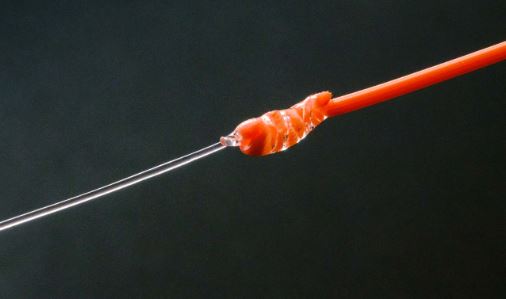
1. Double Uni Knot
- Advantages:
- High strength when tied correctly.
- Versatile for connecting lines of different diameters.
- Easy to learn and tie, suitable for beginners.
- Low-profile design for smooth casting.
- Applications:
- Connecting leaders to main lines.
- Joining backing lines to main lines.
- Attaching different types of fishing lines.
2. FG Knot
- Advantages:
- Exceptional strength, nearly reaching the breaking strength of the line.
- Slim profile for smooth passage through rod guides.
- Abrasion resistance for enhanced durability.
- Applications:
- Connecting braided main lines to fluorocarbon or monofilament leaders.
- Ideal for finesse fishing and saltwater applications.
Tips for Ensuring a Strong Leader Line Knot
- Practice Makes Perfect:
- Practice knot tying before heading to the waters.
- Choose the Right Knot:
- Select a knot based on compatibility with line types and diameters.
- Moisten the Knot:
- Wet the knot before tightening to reduce friction.
- Tighten Slowly and Steadily:
- Avoid jerky movements; tighten with even pressure.
- Check for Wraps Overlaps:
- Ensure tight, aligned wraps without overlaps.
- Leave Sufficient Tag Ends:
- Trim excess line, leaving enough tag ends to prevent slipping.
- Test the Knot’s Strength:
- Perform a strength test before fishing.
- Inspect Regularly:
- Check knots periodically for wear, damage, or slippage.
- Replace Worn Lines:
- Replace frayed lines to maintain knot strength.
- Understand Line Limits:
- Know and adhere to the breaking strength limits.
Also Read: How Long Should Your Leader Be When Using Braided Line?
FAQ
Q1: Why Use a Monofilament Leader?
- Shock Absorption:
- Mono leader provides elasticity for shock absorption during sudden fish runs.
- Invisibility:
- Less visible underwater, making the connection between main line and bait inconspicuous.
- Cost-Effectiveness:
- More affordable than braided lines, allowing savings.
- Smooth Knot Transitions:
- Prevents slipping or failure of knots with the slick nature of braided lines.
Q2: How Does the Double Uni Knot Benefit Anglers?
- Strength:
- Maintains high strength when tied correctly.
- Versatility:
- Suitable for connecting lines of different diameters.
- Ease of Tying:
- Relatively easy to learn and tie, even for beginners.
- Smooth Casting:
- Low-profile design allows for smooth passage through rod guides.
Q3: What Are the Advantages of the FG Knot?
- Exceptional Strength:
- Boasts remarkable strength, nearly reaching the breaking strength of the line.
- Slim Profile:
- Allows smooth passage through rod guides, reducing line snags.
- Abrasion Resistance:
- Provides extra protection to the mono leader against abrasion.
- Knot Durability:
- Maintains strength and integrity even after extended use.
Q4: Any Tips for Ensuring Knot Reliability?
- Practice Knot Tying:
- Spend time practicing before fishing.
- Moisten the Knot:
- Wet the knot to reduce friction during tightening.
- Tighten Slowly and Steadily:
- Avoid abrupt movements to prevent weakening of the knot.
- Check for Wraps Overlaps:
- Ensure tight, aligned wraps without overlaps.
- Leave Sufficient Tag Ends:
- Trim excess line, leaving enough tag ends to prevent slipping.
- Test the Knot’s Strength:
- Perform a strength test before fishing.
- Inspect Regularly:
- Periodically check knots for wear, damage, or slippage.
- Replace Worn Lines:
- Replace frayed lines to maintain knot strength.
- Understand Line Limits:
- Adhere to breaking strength limits for each fishing line.
Tying this Off
Congratulations, fellow anglers! You’re now equipped with the know-how to tie the best braid to mono knots.
With practice, you’ll finesse your casting, hook more fish, and conquer any fishing challenge.
So head out with confidence, keep those knots tight, and enjoy the thrill of successful fishing. Tight lines and happy fishing!
